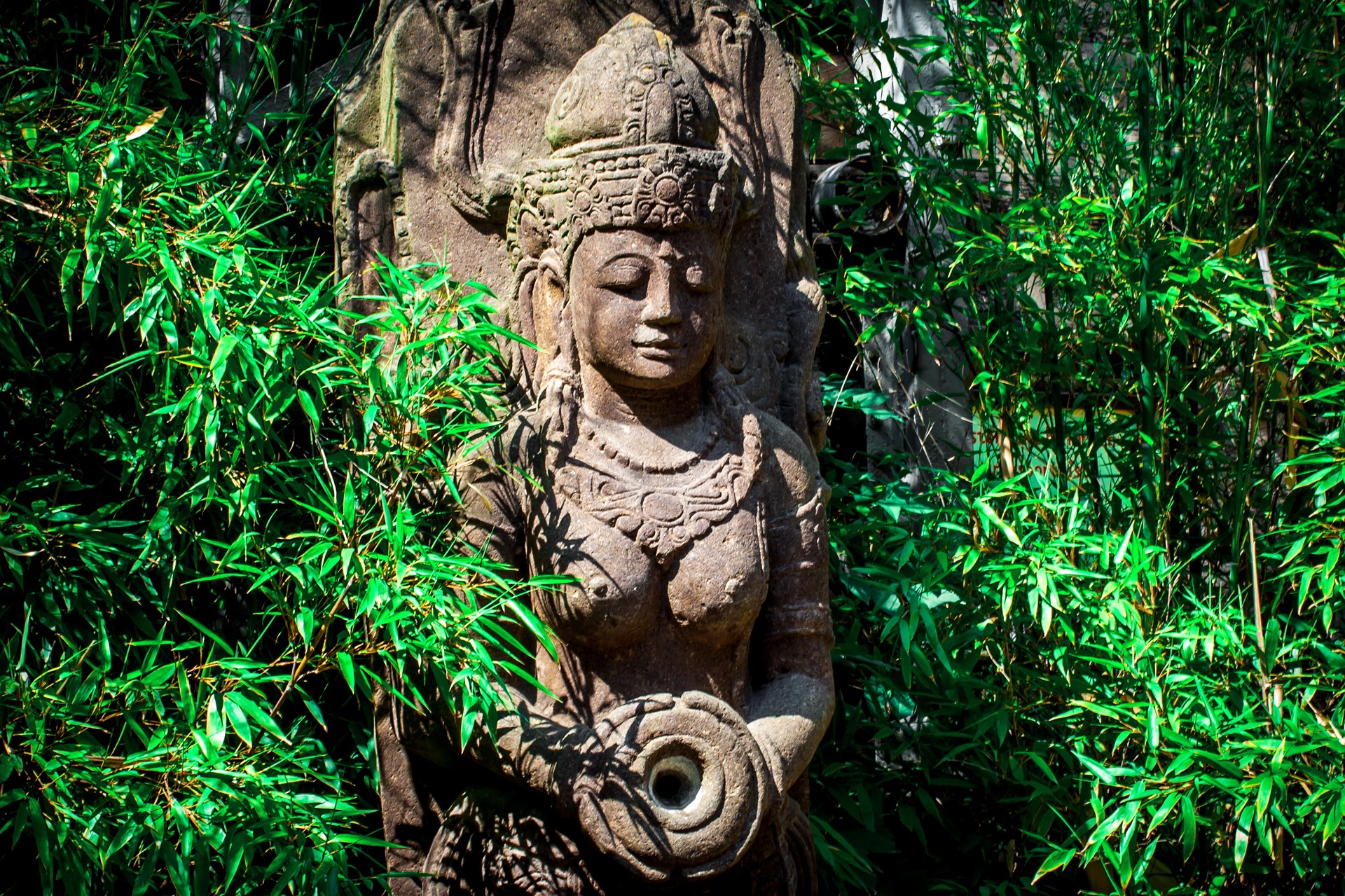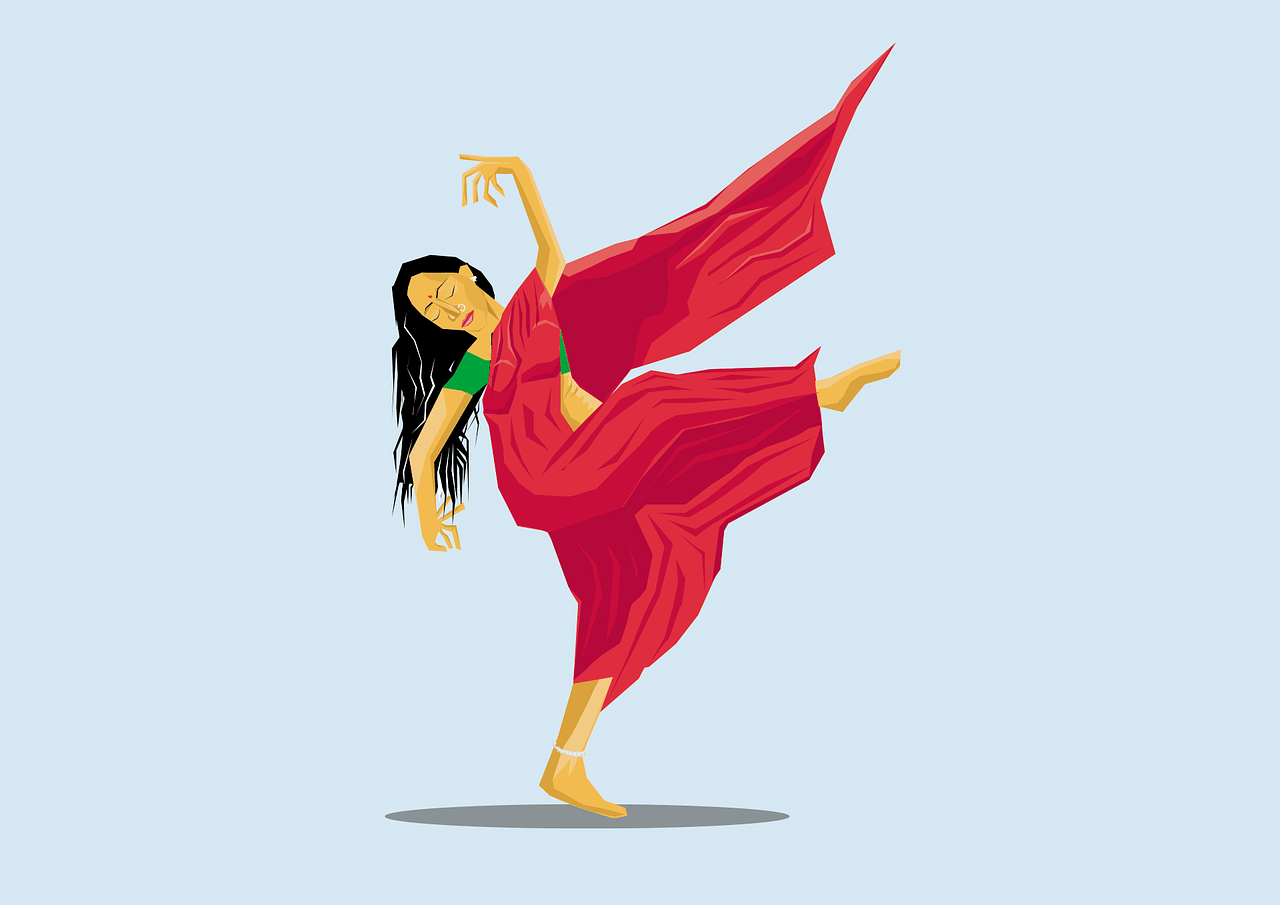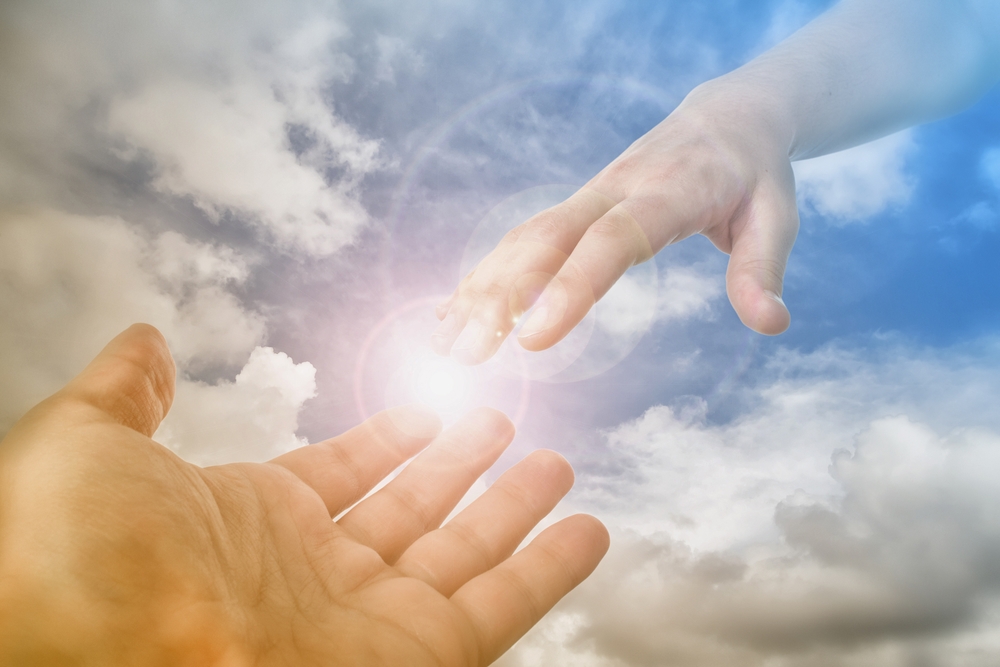Nandita Kochar
The individual self stands self proved and is always immediately felt and known. There can be neither doubt nor denial regarding its existence. The individual self is the highest thing we know and it is the nearest approach to the Absolute, though it is not itself the Absolute. In fact the individual self is a mixture of the real and the unreal as it is a product of ignorance but its essence is the light of the Absolute. Its real nature is pure consciousness. Happyho also provides best Meditation and Tarot classes in Noida and Delhi NCR India area
The true self has been the main topic of investigation in the Upanishads. We may select three Upanishads – the Chhandogya, the Mundukya and the Katha for our present purpose.
In a dialogue between Prajapati and Indra, narrated in the Chhandogya, we find a development of the concept of the self to the absolute self. The gods and the demons sent Indra and Virochana respectively to Prajapati, the teacher to learn the teaching about the self, the dialogue tells us. The teacher asked them to undergo penance for 32 years to qualify themselves to receive the teaching. After fulfilling the prescribed condition, both come to Prajapati who teaches them that the self is that which is seen when one looks into another’s eyes, the mirror or water. Virochana was satisfied and went away. But Indra began to think : How can the self be the reflection of the body? Or how can it be identified with the body? If the body perishes, this self should also perish together with it. This is no good.
He approaches Prajapati who now tells him that he who is seen in dreams i.e the dreaming subject is the self. Indra again doubts: Though this self is not vitiated with the defects of the body, though it cannot be said to be perishing with the body, yet it appears as if this self is conscious of pain. There is no good in this.
Prajapati now tells him that the enjoyer of the deep dreamless sleep is the self. But Indra again asks: The self in dreamless sleep reduces itself to mere abstraction. There are no objects to be experienced. This self appears to be absolutely unconscious-knowing, feeling, willing nothing. There is no good in this.
Prajapati, now pleased with Indra’s abilities, tells him that the body is not the self though it exists for the self. The dream experiences are not the self though they have a meaning for the self. The self is not an abstract principle in the deep sleep too. The body, the mental states are all mere instruments for the self. The self is the ground of waking, dream and sleep states and yet it transcends them all. The self in waking as well as in the dream state is ever changing and therefore cannot be the real self. The self must persist throughout the changes as their knower. It is immortal, self luminous, self proved and beyond doubts and denials as it is the very principle which makes all doubts, denials and thoughts possible. It is the ultimate subject which can never become an object and which is to be necessarily presupposed by all knowledge.
This dialogue thus brings out the essential nature of the self.
In the Mandukya Upanishad we find a similar analysis of the self. We are told that the self in the waking state enjoys gross objects, it has consciousness of the external world and is called Vishva. In the dreaming state it enjoys subtle objects, it has consciousness of the internal world and creates its own imaginary objects and is called Taijasa. In the state of sound sleep there is no object neither gross nor subtle and hence no subject; the subject-object duality is transcended and here the self is called Prajna. In sleep we have absence of pain. We have neither desires nor dreams. We have the shadow of the supreme bliss. It is called shadow because we do not enjoy positive bliss. Ignorance persists in its negative aspect of concealment in this state although its power of projection is arrested. Ignorance and unconsciousness remain in this state and therefore a higher positive state is necessary.
This is the fourth state of the self, a state of pure consciousness where like the deep sleep, there is no subject-object duality but unlike it there is enjoyment of positive bliss. All ignorance vanishes here. The self shines in its own light as the ultimate subject without reducing itself to a mere abstraction. It is called Amatra, the Measureless.
In the Katha Upanishad, the Atman is said to be the ultimate reality. The objects are the road, the body is the chariot, the senses are the horses, the mind is the reins, the intellect is the charioteer, the ego is the enjoyer and the Atman is the Lord sitting in the chariot. Objects, senses, mind, intellect – all exist for the self and serve its purpose. It is the self that is immanent in them and gives them meaning. But these cannot be identified with the self which transcends them all.
The Upanishads are rightly regarded as the fountainhead of all Indian philosophy. Later systems of philosophy, both orthodox and heterodox, display an anxiety to accommodate their doctrines to the views of the Upanishads even if they cannot father all of them.





